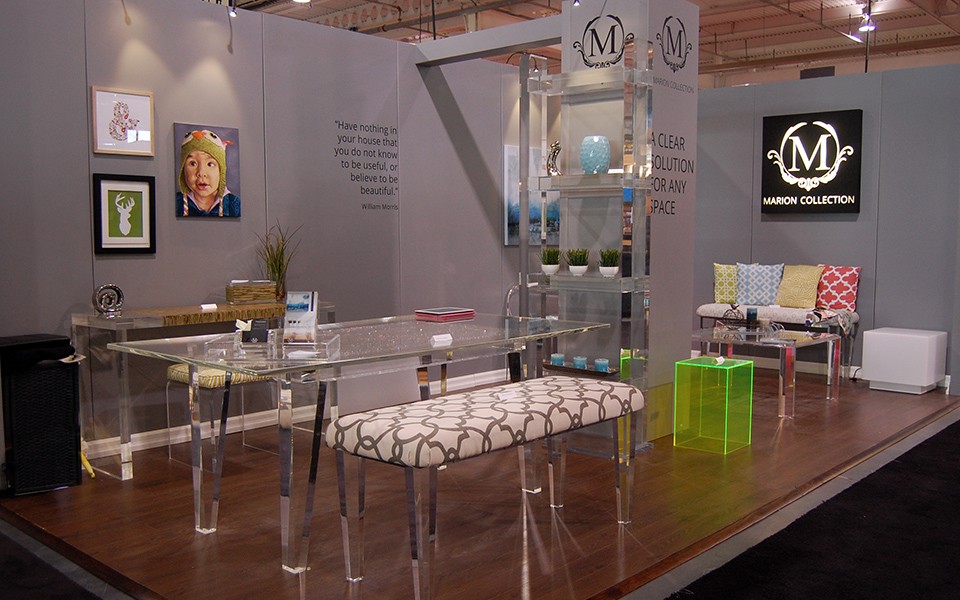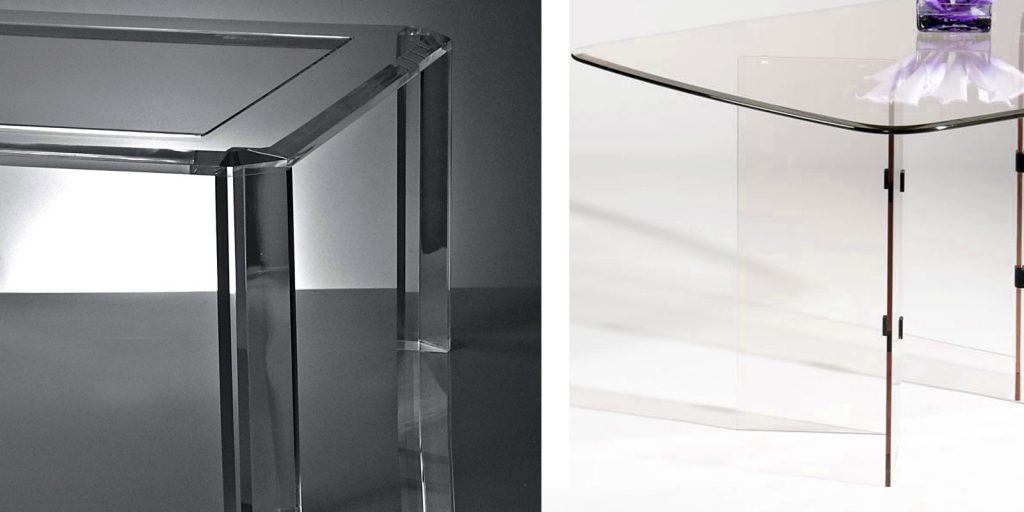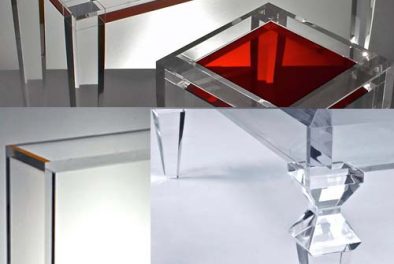
Environmental Impact of Acrylic Furniture
Acrylic furniture stands out for its sleek appearance, durability, and versatility. As eco-conscious choices become a priority, examining its environmental impact and role in sustainable living is essential. The good news? Acrylic isn’t just stylish—it can also be an eco-friendly option when used responsibly.


How Acrylic Furniture Supports Sustainability
1. Long-Lasting Durability
Acrylic furniture lasts longer due to its resistance to scratches, cracks, and wear. Unlike fragile glass, it doesn’t shatter easily, reducing the need for frequent replacements.
Fact: Durable products minimize waste, making acrylic a more sustainable choice.
2. Energy-Efficient Production
Manufacturing acrylic consumes less energy than producing glass or metal, which helps lower its overall carbon footprint.
The Role of Acrylic Recycling
Acrylic furniture stands out for its recyclability. Acrylic, also known as PMMA (Polymethyl Methacrylate), can be broken down and repurposed into new products without losing its quality. Understanding the acrylic furniture environmental impact highlights its role in sustainable practices.
The Recycling Process:
- Acrylic items are collected and shredded into small pellets.
- These pellets are melted and reshaped into new furniture or other products.
This process supports a circular economy, where old products are reused instead of ending up in landfills.
Why Choose Acrylic Furniture for a Greener Future?
Reduced Waste: Its durability and recyclability minimize contributions to landfills.
Lightweight Advantage: Acrylic transports easily, lowering emissions during shipping.
Energy Savings: Its manufacturing process uses less energy than other materials.
Choose acrylic furniture with its environmental impact in mind to balance style and sustainability.


Acrylic vs Glass
While these two materials are similar in many ways, they both offer advantages in different…

DIY clear luxury acrylic table
Modern Coffee Table Royal Style Coffee Table Parson Style Table Round Bedside Stand Classic Console…
